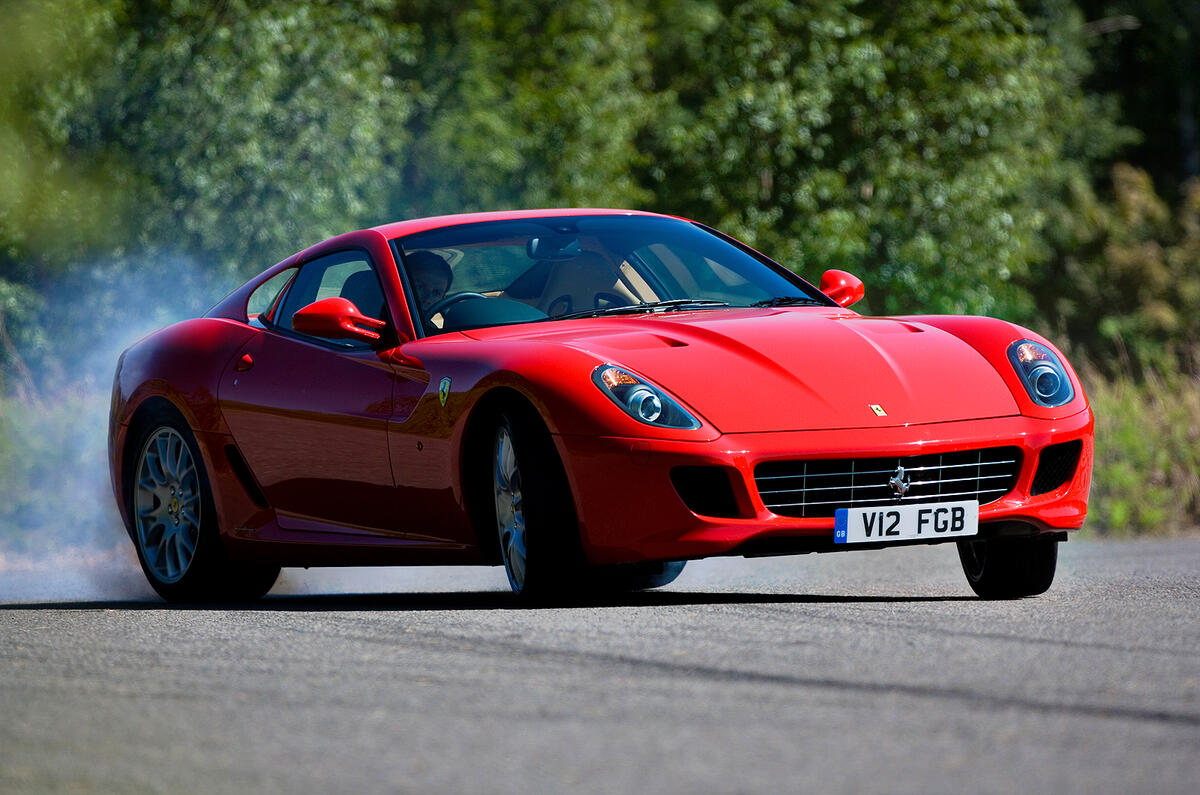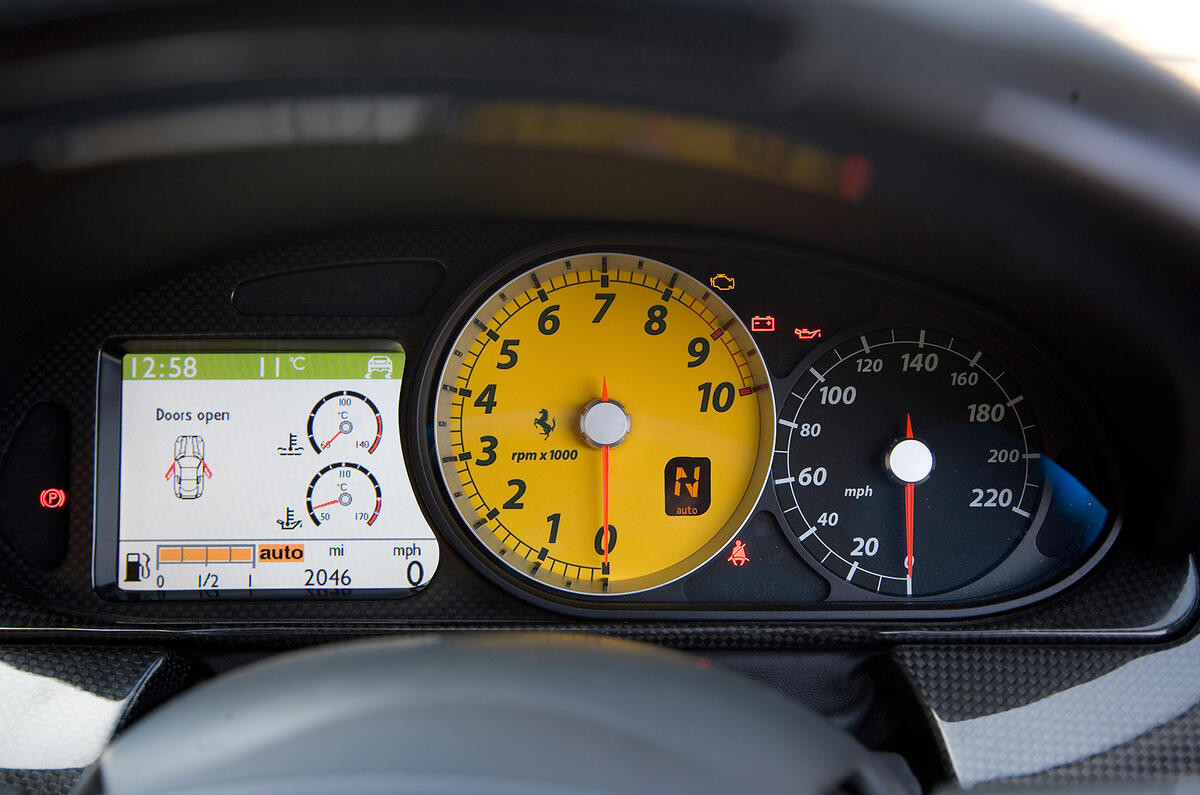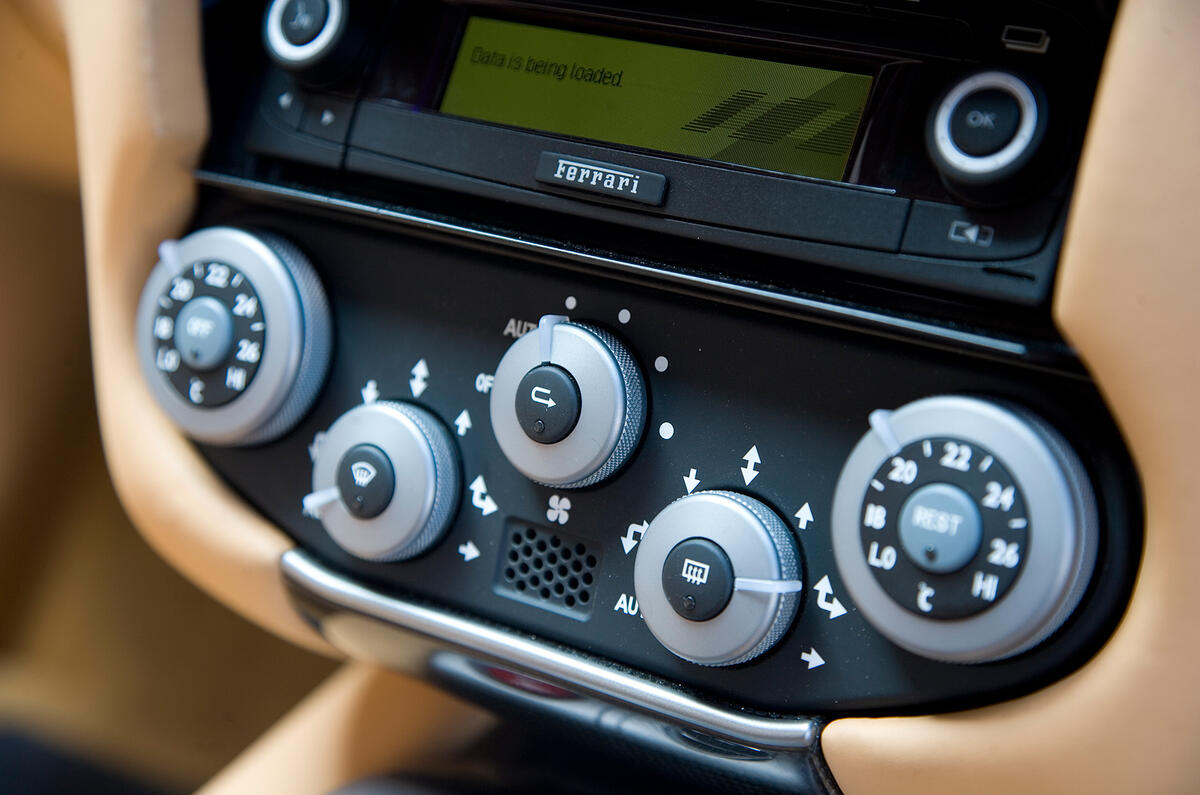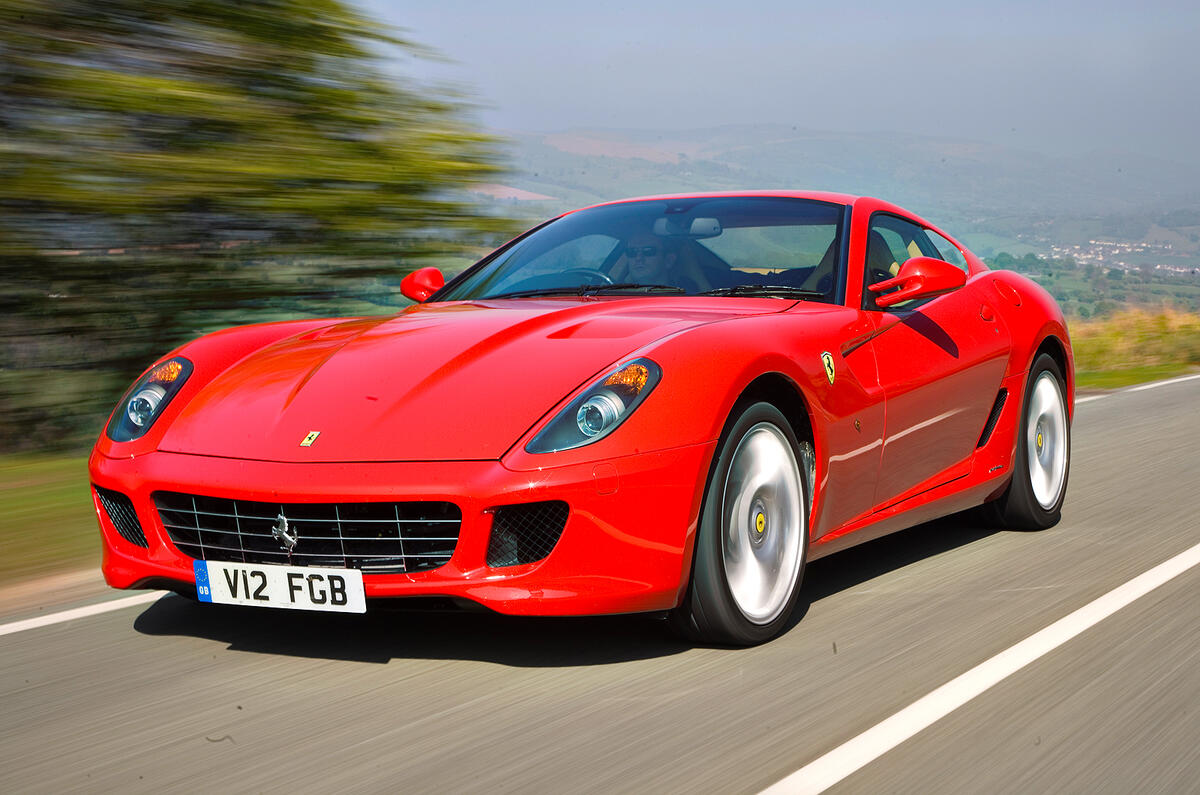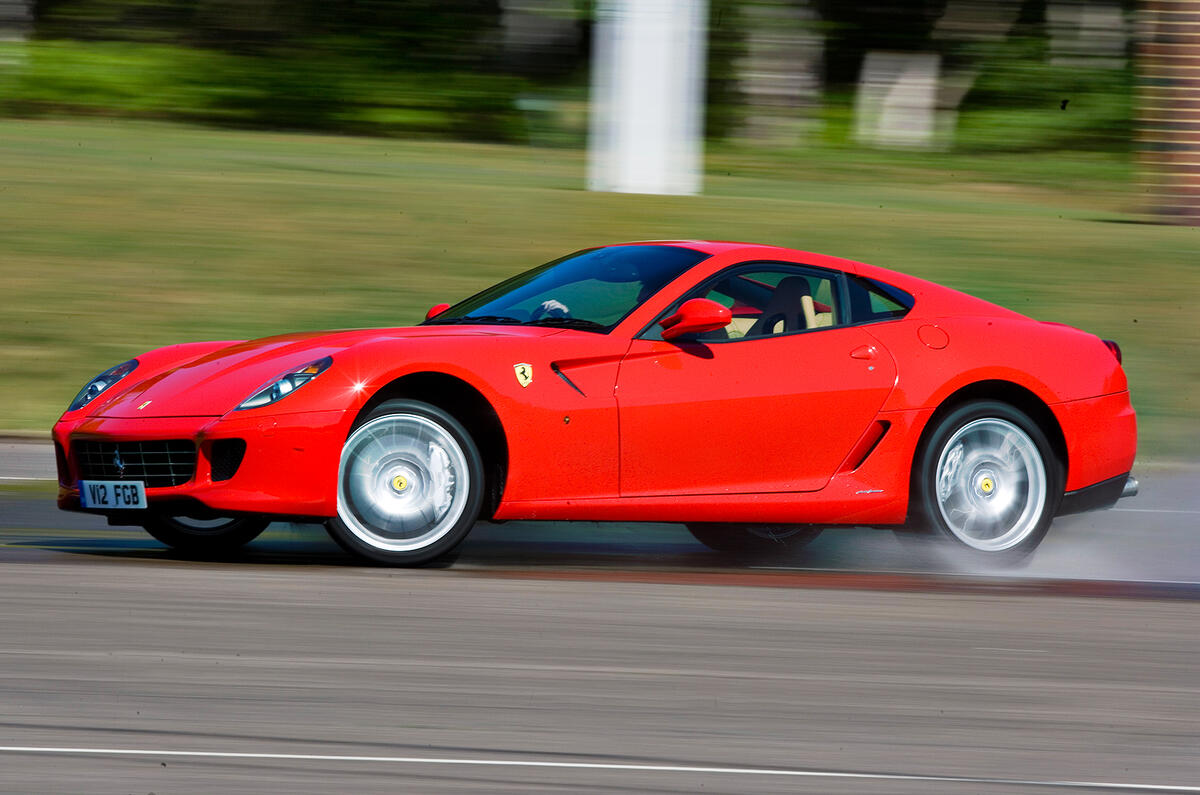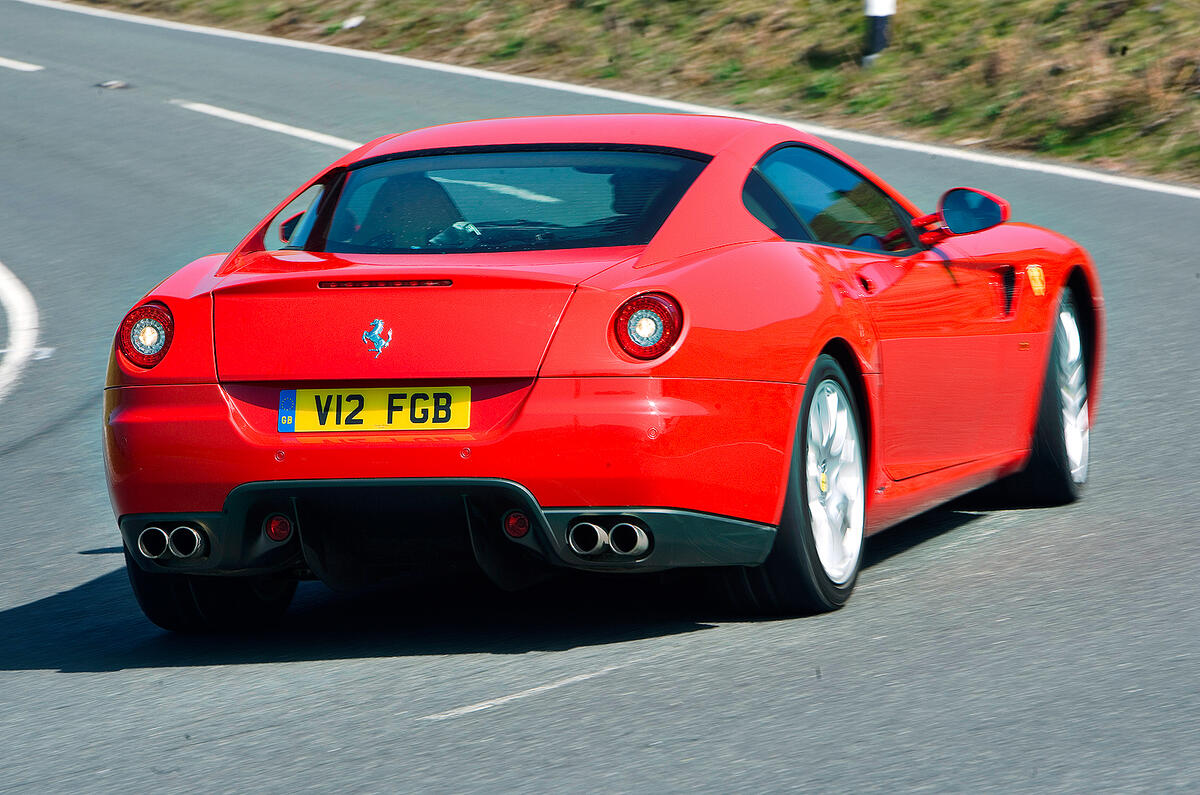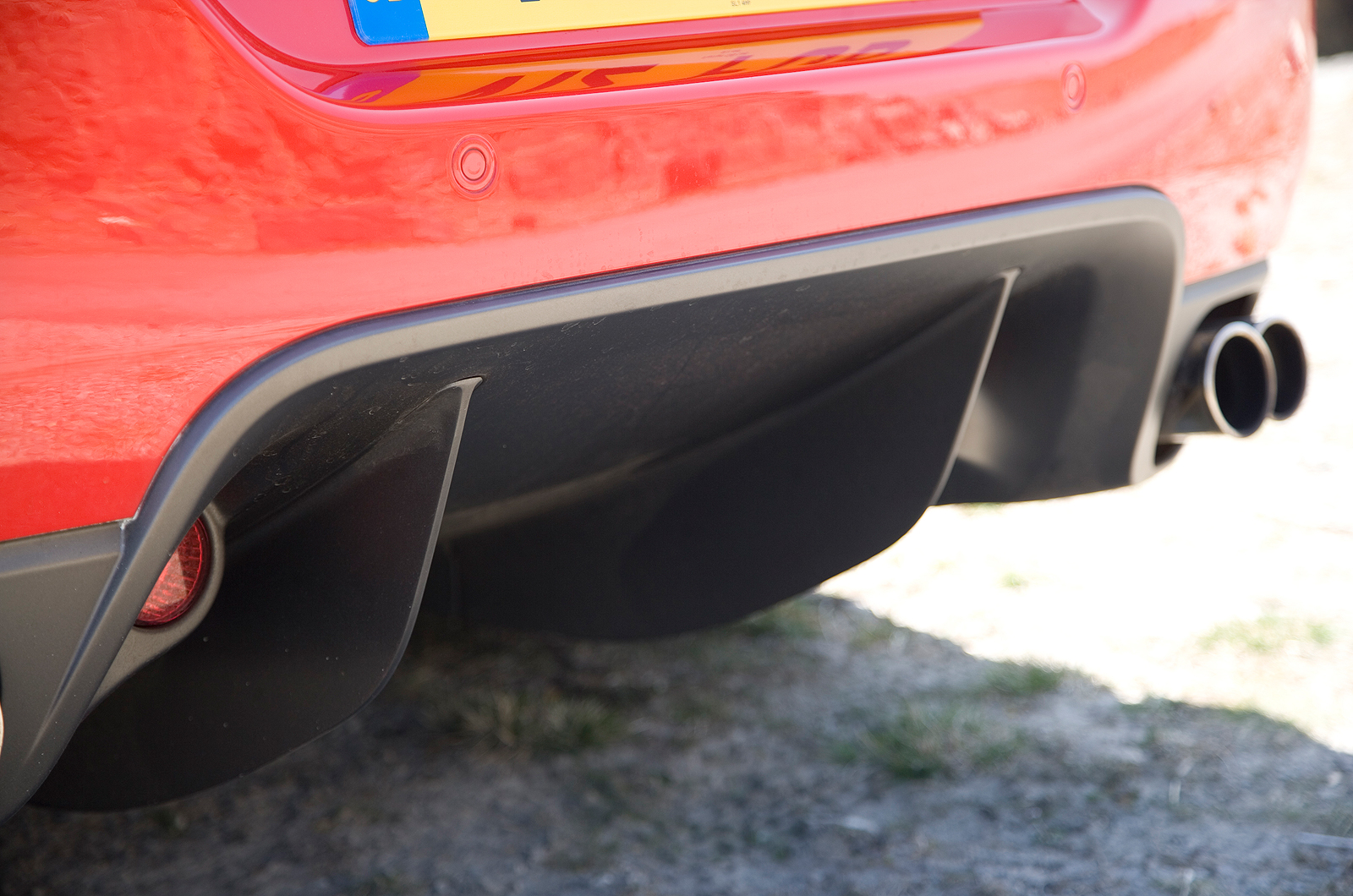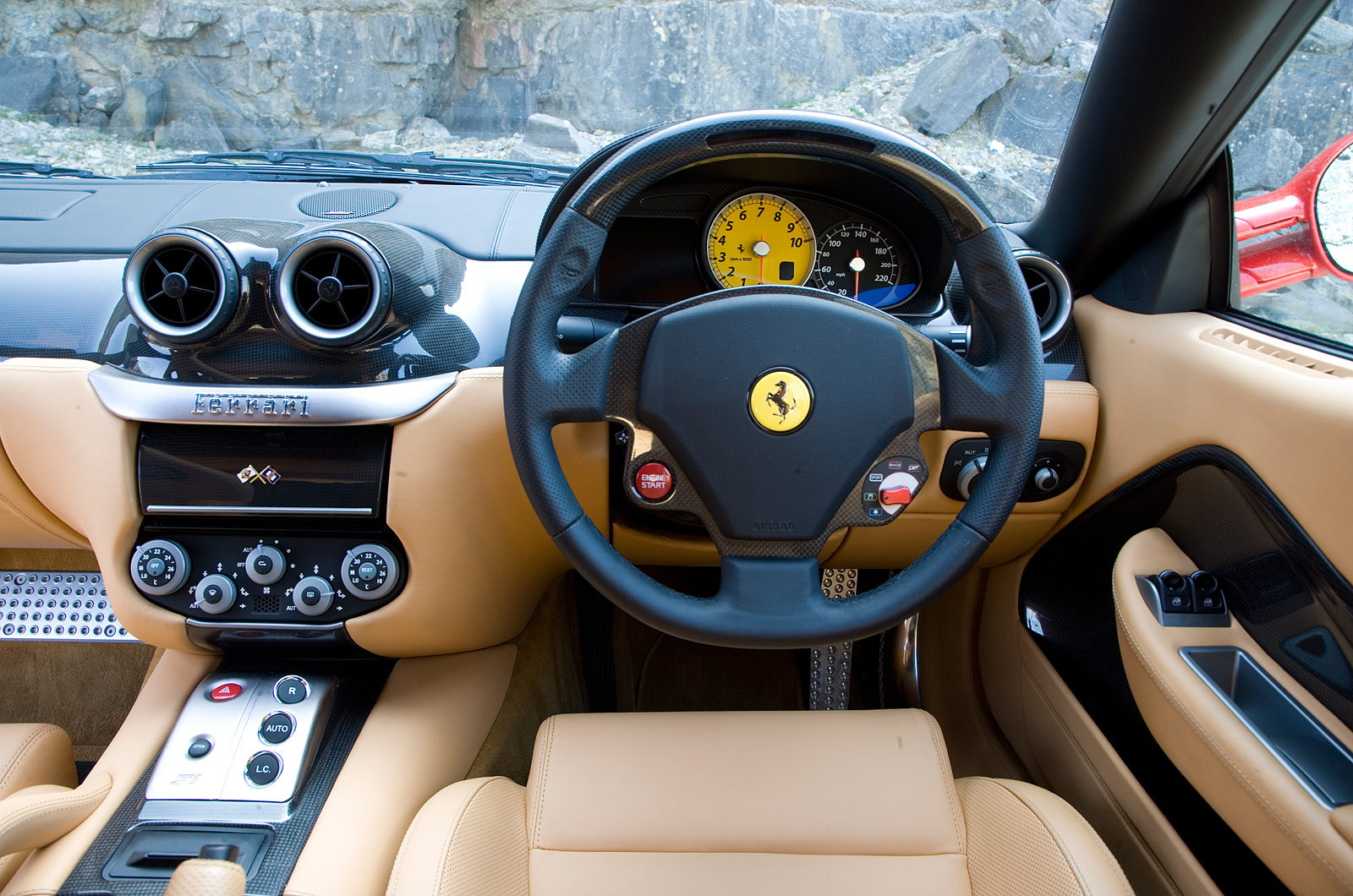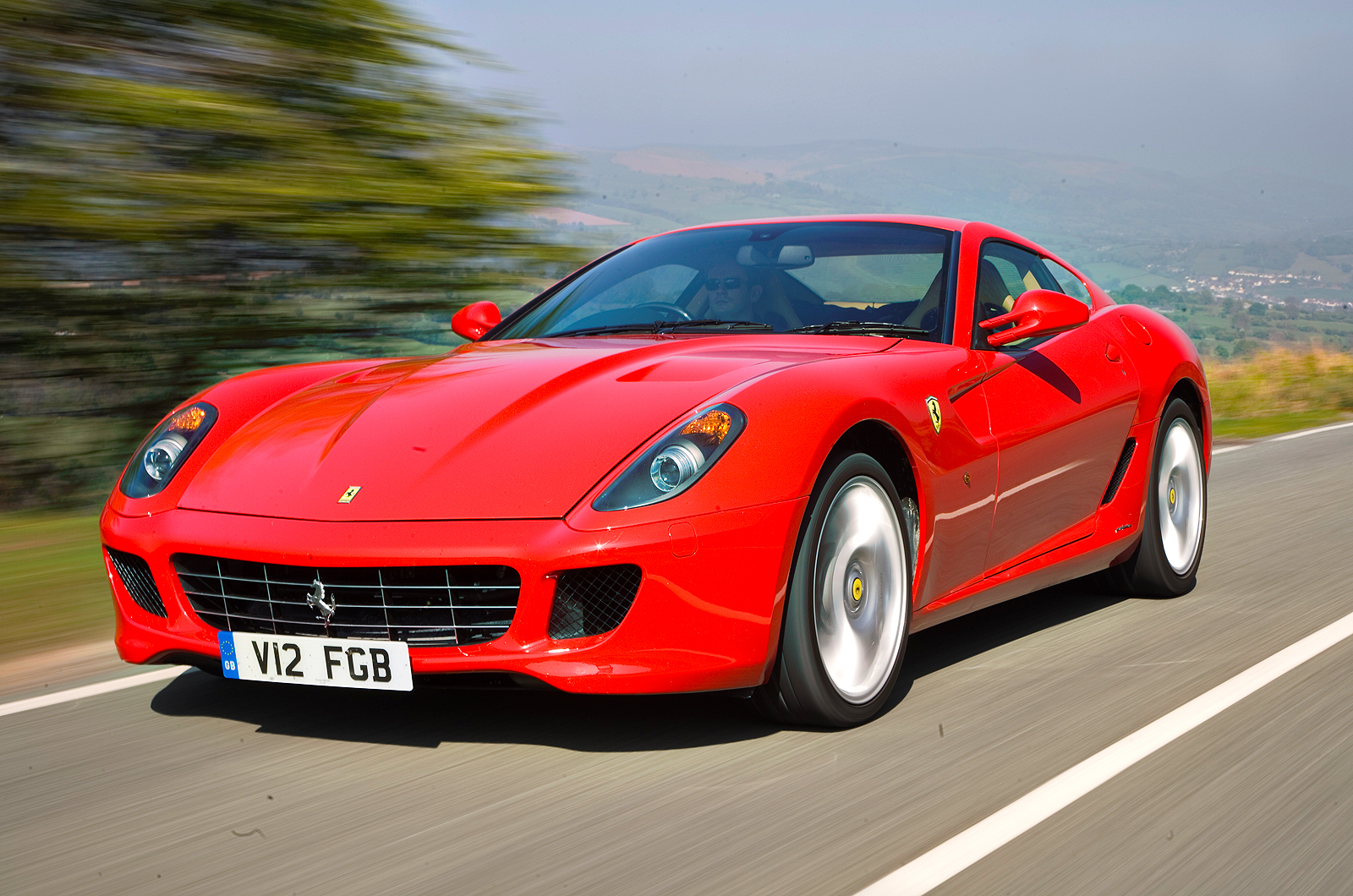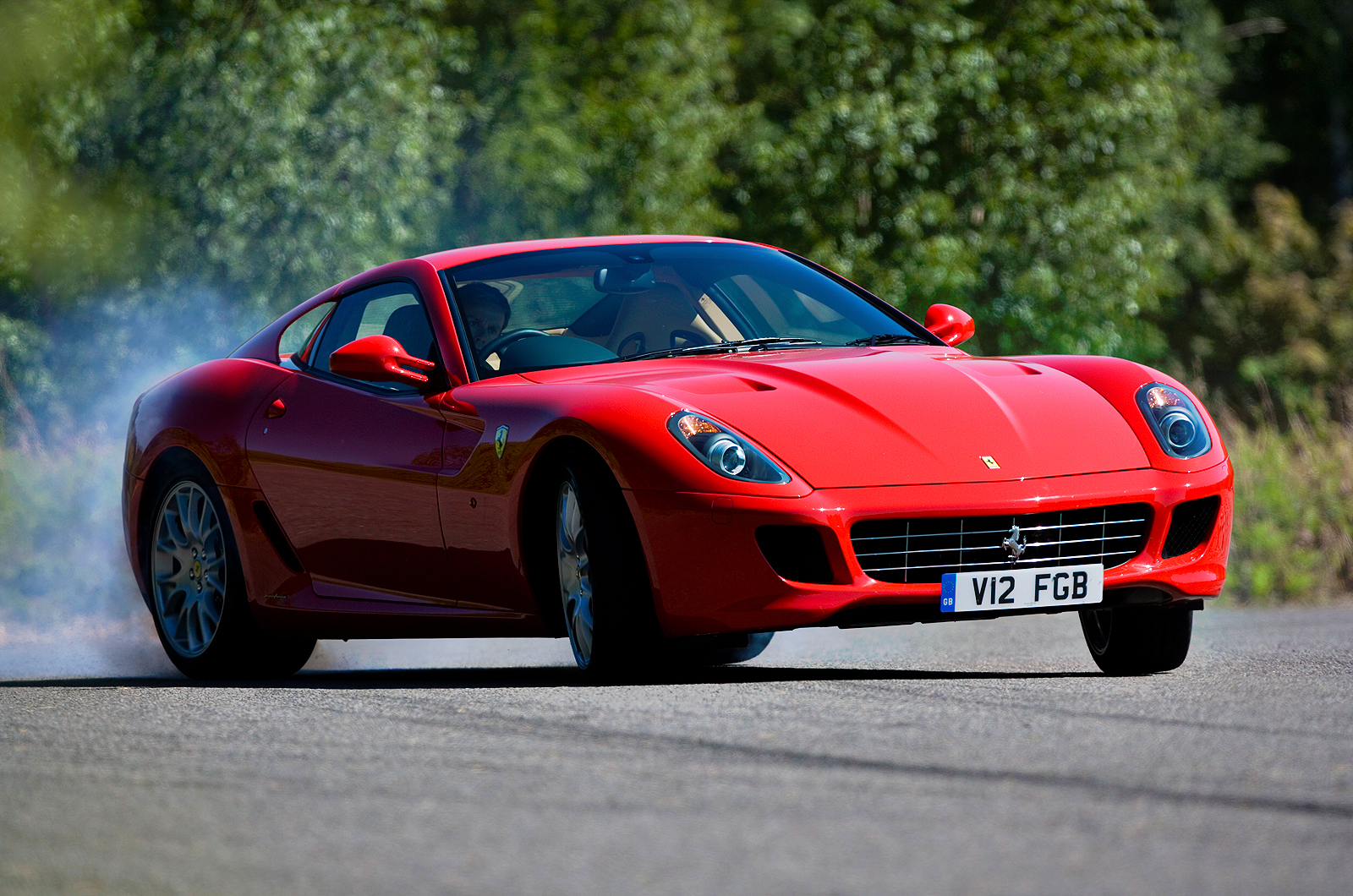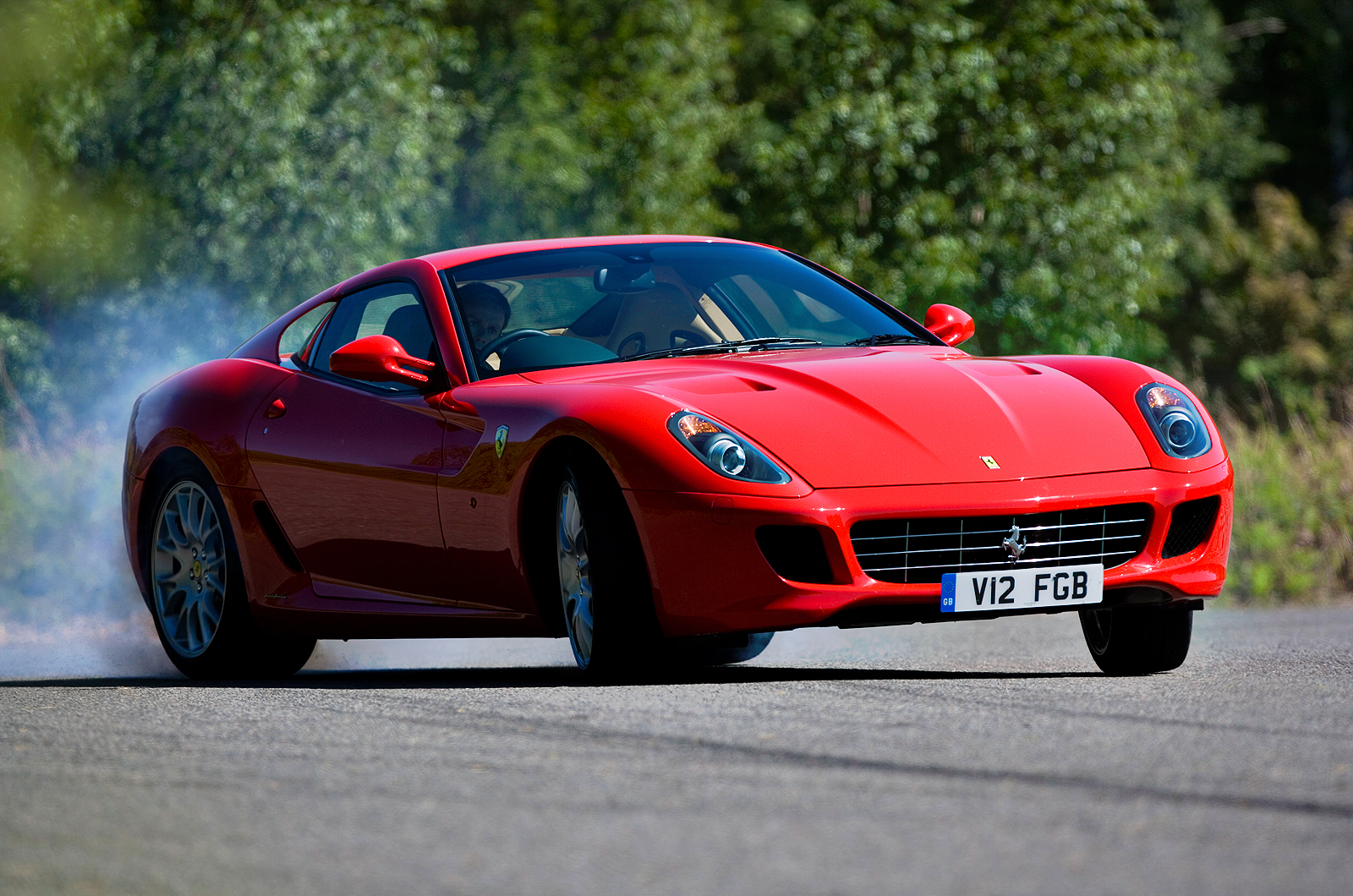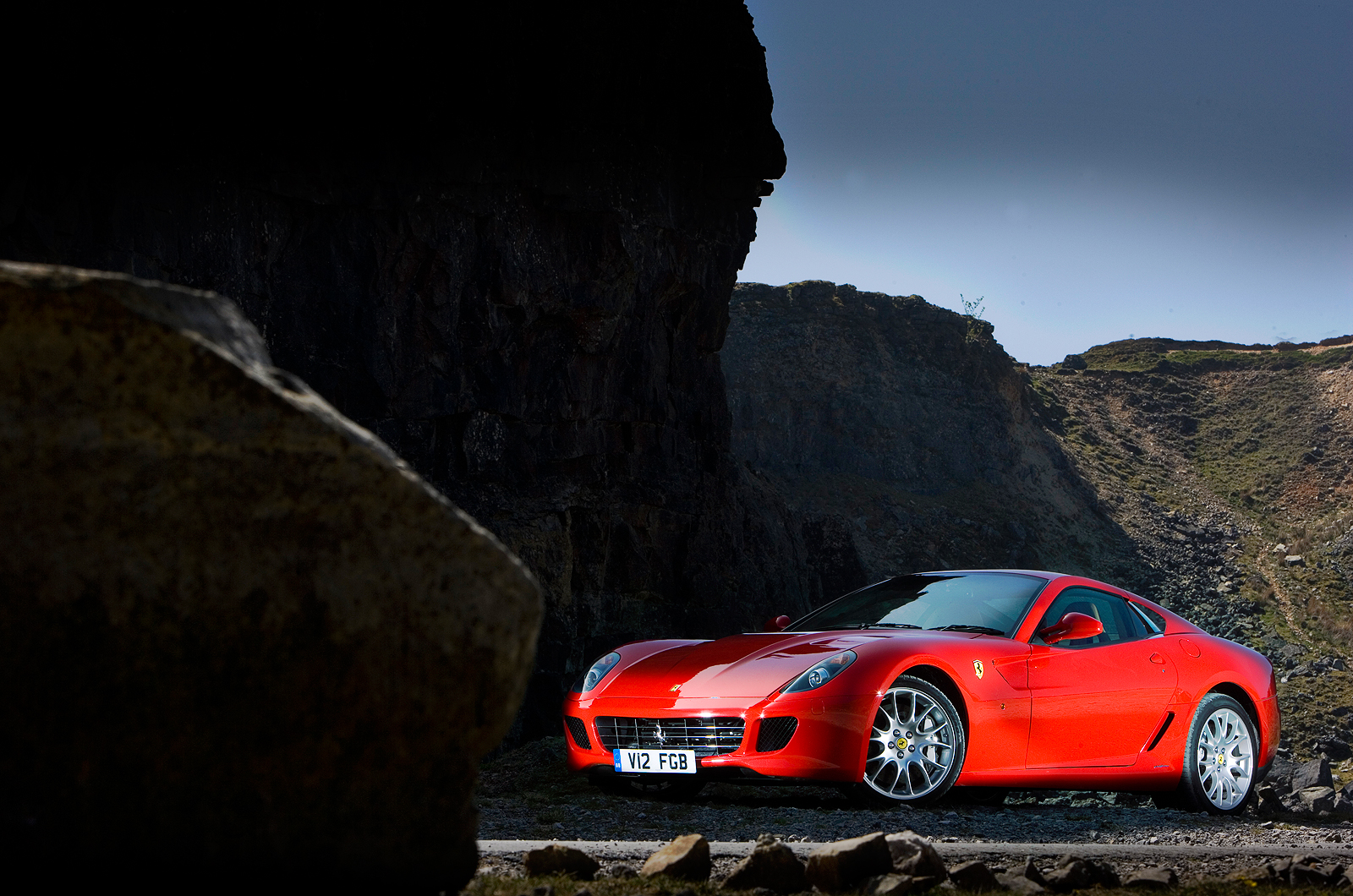The last time Ferrari launched a two-seat, front-engined V12 Berlinetta like the 599 GTB, it was a reminder that the company doesn’t always make exceptional motor cars. The 2002 575M Maranello took a dynamic step backwards from the car it replaced, the 550 Maranello.
Ferrari didn’t take kindly to the 575's poor reception, and it would seem that those frustrations were channelled into the design of this car.
The 599 GTB Fiorano presents a dazzling set of numbers. Its exalted price isn’t so extraordinary in the face of its obvious competition, but few people expected Ferrari to give the car over 600bhp. In doing so, it has produced a sporting GT with the potential to outperform many even more exclusive machines.
In theory, it is possible to trace the 599's heritage to the very first front-engined Ferrari road car, but in truth its lineage begins with the legendary 250 GT SWB and Lusso of the 1960s.
Fast, dramatic machines with impossibly long bonnets continued as Ferrari flagships through the 275GTB and Daytona until the company chose a mid-engined format for its range-topping 12-cylinder road cars from the mid-1970s to the late 1990s.
The 550 Maranello signalled the return of the big V12 Ferrari with a long bonnet and nothing behind the driver but luggage and 100 litres of unleaded. We loved it.


